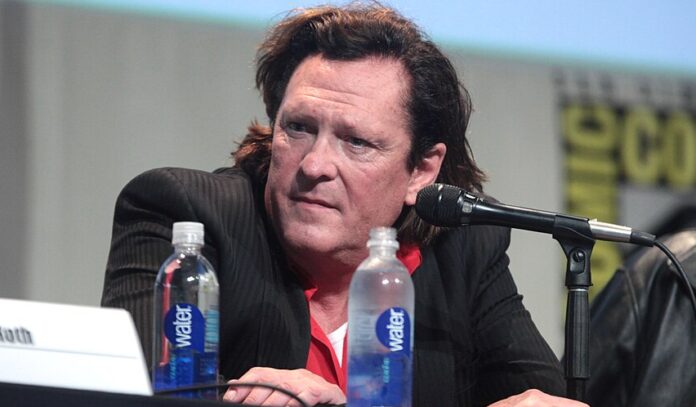The actor who gave menace a human face leaves behind a legacy of danger, depth, and wasted promise
Michael Madsen, the brooding screen presence whose iconic turn in Reservoir Dogs turned soft rock into a soundtrack for horror, has died at the age of 67.
For many, Madsen will forever be remembered as Mr Blonde, the sadistic, razor-wielding villain from Quentin Tarantino’s 1992 debut. Dressed in a black suit, dancing to Stuck in the Middle with You by Stealers Wheel, Madsen burned himself into film history by casually slicing off a cop’s ear—an image so unforgettable it changed the way the world heard that once-cheerful song.
Until that moment, Madsen had drifted under Hollywood’s radar. But Tarantino saw what few had: a menacing magnetism, a presence that oozed quiet danger without ever needing to raise his voice. With heavy-lidded eyes and a physique that seemed permanently two steps from violence, Madsen brought weight and authenticity to Reservoir Dogs. His Vic Vega wasn’t just another wisecracking gangster—he was terrifying.
Tarantino saw Madsen as part of a cinematic universe. He even imagined a prequel called Double V Vega, pairing Mr Blonde with his supposed brother Vincent Vega—later immortalised by John Travolta in Pulp Fiction. But Madsen turned down the chance to reprise the Vega legacy. He chose instead to star in Wyatt Earp as Virgil Earp. A career-making lead role slipped through his fingers, and the legend went to someone else.
Still, Madsen remained in Tarantino’s orbit. In Kill Bill, he was the washed-up assassin Budd, living in a trailer and slinging tequila instead of swords. In The Hateful Eight, he slouched in a corner as the ambiguous loner Joe Gage, all quiet stares and coiled threat. Every time he appeared on screen, he reminded audiences why Tarantino trusted him—stillness that spoke volumes, unpredictability that kept you on edge.
Embed from Getty ImagesOutside Tarantino’s world, Madsen carved out a place in mob cinema. His performance as Sonny Black in Donnie Brasco showed his skill at playing suspicion and rage with icy subtlety. He had a detective’s snarl in Mulholland Falls, a poet’s soul in The Doors, and unexpectedly, a soft heart as the stepfather in Free Willy. His range was there—if you looked past the typecasting.
That typecasting became both a blessing and a curse. Madsen worked constantly, often in straight-to-video thrillers where his name alone added threat. But the mainstream never quite let him out of the gangster box. His clever, self-referential 2007 mockumentary Being Michael Madsen poked fun at that image, echoing Being John Malkovich with weary wit. It was a rare glimpse of the sharp humour and awareness behind the tough-guy façade.
Madsen’s roots hinted at the depth he never got to fully explore. He trained at the Steppenwolf Theatre in Chicago, alongside John Malkovich. His mother, Elaine, was an Emmy-winning documentarian. His sister, Virginia Madsen, earned an Oscar nomination for Sideways. The family talent was real. And yet, Michael Madsen was always the outsider, the man on the edge of the party—and maybe that’s what made him so magnetic.
It’s a tragedy that Hollywood only ever let Madsen show one face of his talent. Tarantino unlocked his power, but rarely his vulnerability. Still, in a single dance with a razor blade, he rewrote the rules of screen menace.
Michael Madsen may be gone, but every time that Stealers Wheel track plays, the world will flinch—and remember.
